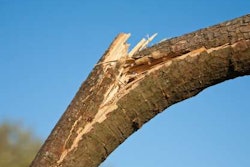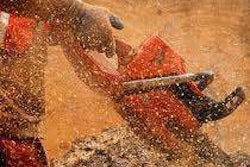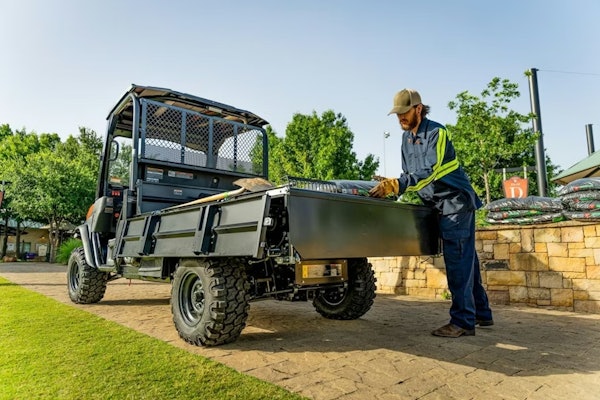For more than four decades, tree micro-injection has been a valuable tool for maintaining tree health and controlling some of the country’s more ecologically damaging insects.
In New York, New Jersey and Illinois, a federal and state task force is using micro-injection – along with other methods – to help eradicate the Asian Longhorned Beetle. Without eradication, the U.S. Forest Service estimates the bug will eventually inflict $669 billion in damages. But there is a light at the end of the tunnel.
The U.S. Department of Agriculture recently announced the complete eradication of the Asian Longhorned Beetle from Illinois, thanks in part to micro-injections.
For urban areas like Chicago, micro-tree, systemic and micro-fusion injection methods will always be more favorable than other methods, says Peter Wild, founder and CEO of Arborjet.
“Even though foliar and soil drenching products are becoming safer for the environment, it’s all about public perception,” Wild says. “As people get more concerned about the environment, they don’t think very fondly of products being sprayed into the air. Not every tree can be sprayed or soil drenched, anyway.”
Ideal applications
Arborists frequently use micro-injection near riparian zones, says Jim Zwack, vice president of communications, Rainbow Treecare Scientific Advancements.
“There are situations when a site may dictate this enclosed system should be used,” Zwack says. “When a tree is too close to the water for a soil drench or foliar, it kicks you into the world of doing a micro-injection, where [chemical] never comes in contact with the soil. It goes directly into the tree and moves up to the canopy to prevent the insect infestation.”
Zwack says injections are a popular chemical delivery method because of faster results than soil applications, limited exposure to applicators and the systemic distribution within the tree. But he admits it’s not right for every job.
“The drawbacks are you have to physically wound the tree to get the chemical up the canopy,” he says. “That’s not always the best way to go, because any given active ingredient can be formulated in lots of different ways.”
However, Wild believes his company’s micro-fusion injection method may be the only way to defeat the Emerald Ash Borer, which has destroyed more than 30 million ash trees in Michigan and threatens 8.5 billion trees nationwide.
According to a Michigan State University study, Arborjet’s imidacloprid product is the No. 1 treatment for the pest, receiving close to 100-percent efficacy. Jim Bowes, a spokesperson for the Michigan Department of Agriculture, told the Lansing State Journal that the product was as “close to a silver bullet as possible.”
Wild says in the old days, to combat such a pest, officials would have to cut, chip and grind. But today 10,000 trees can be injected, which “may not save a forest, but you can develop a best-management practice that drastically changes the explosion of the population growth of these insects.”









